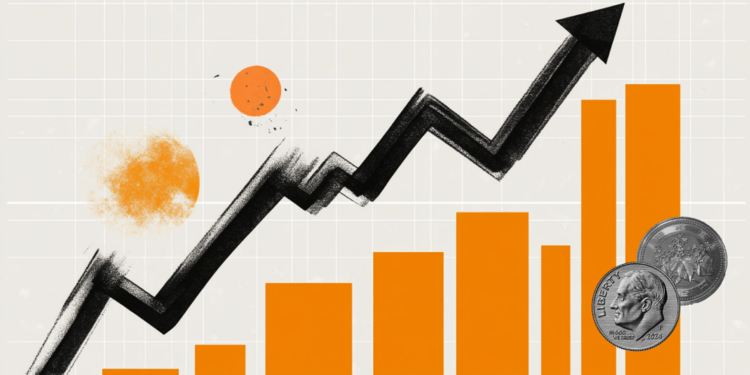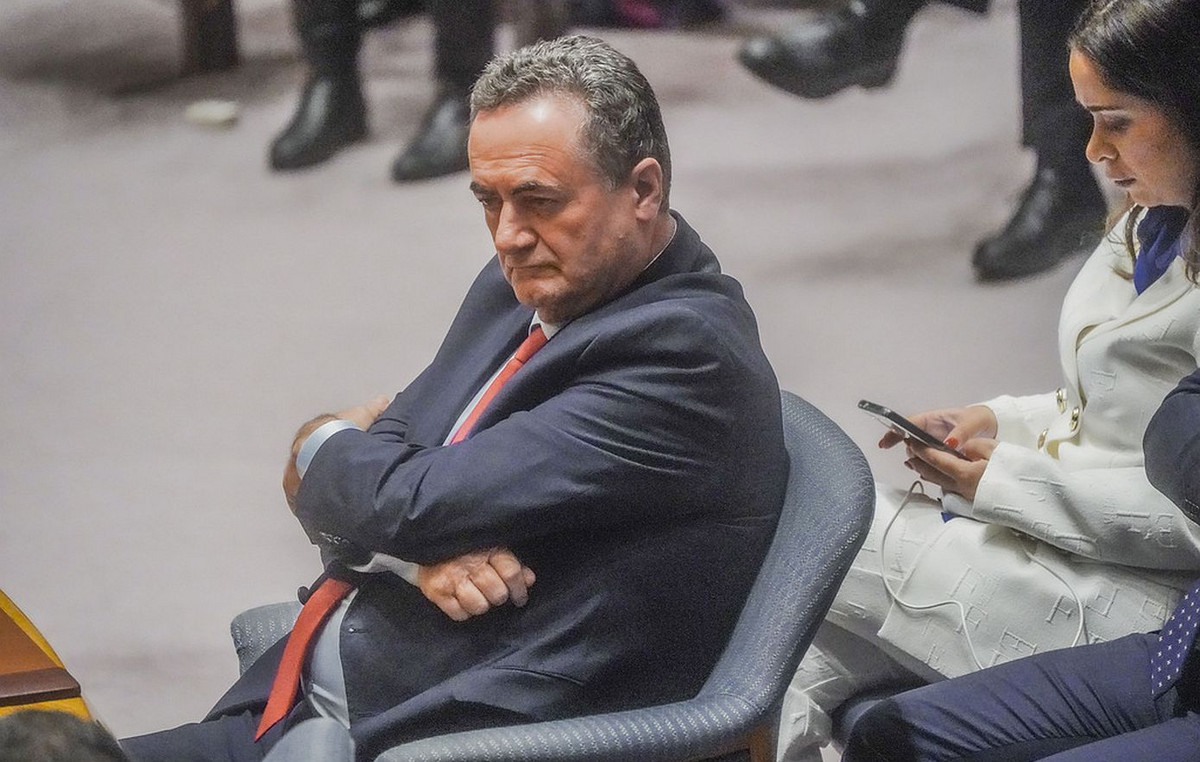- The Mexican peso weakens before the inauguration of Claudia Sheinbaum as the new president of Mexico.
- US Dollar gains traction as bets on 50 basis point Fed cut ease
- US ISM Manufacturing PMI disappoints in September, while JOLTS job openings grow more than expected.
The US dollar has staged a rally against the Mexican peso in the last hour, coinciding with the hours prior to the inauguration of Claudia Sheimbaum as the new president of Mexico and with the mixed data from the United States. USD/MXN has risen from a daily low of 19.61 to a nineteen-day high of 19.79, trading at the time of writing above 19.77, gaining 0.42% so far on Tuesday.
US Dollar bounces after US data
The Dollar Index (DXY) has bounced higher on mixed US data. The DXY has risen to twelve-day highs at 101.27. While the ISM manufacturing PMI has remained at 47.2 points in September, below the expected 47.5the JOLTS job offers increased to 8,040,000 in Augustabove the expected 7,655,000 and the previous 7,711,000 (number revised upwards from 7,673,000).
The greenback has been revitalized by rising market prospects for a rate cut by the Fed of 25 basis points (bps) instead of 50 at its next meeting. The FedWatch tool, from CME Group, today increases the options for the reduction to be 25 bp to 61.5%, when yesterday it marked 59.4% favorable to this option.
Claudia Sheimbaum will take office as the new president of Mexico
Everything is ready in Mexico for Claudia Sheimbaum to take office as the new president of Mexico, representing the ruling Morena party, replacing Andrés Manuel Obrador. Sheinbaum will be the country’s first female president.
On the other hand, late yesterday, Mexico’s federal fiscal balance for the month of August was published, with a balance of trade deficit in foreign trade of 4,868 million dollars.
USD/MXN Price Levels
With a clearly bullish bias in the medium and long-term charts, the first resistance awaits in the psychological zone of 20.00. Above, the target is 20.15, the 2014 peak recorded in September.
On the downside, first support awaits at the 100 one-hour moving average at 19.63. Further down, the level to highlight is 19.55, yesterday’s low, and 19.23, last week’s bottom and previous level before testing the 19.00 region.
The US Dollar FAQs
The United States Dollar (USD) is the official currency of the United States of America, and the “de facto” currency of a significant number of other countries where it is in circulation alongside local banknotes. According to 2022 data, it is the most traded currency in the world, with more than 88% of all global currency exchange operations, equivalent to an average of $6.6 trillion in daily transactions. After World War II, the USD took over from the pound sterling as the world’s reserve currency.
The single most important factor influencing the value of the US Dollar is monetary policy, which is determined by the Federal Reserve (Fed). The Fed has two mandates: achieve price stability (control inflation) and promote full employment. Your main tool to achieve these two objectives is to adjust interest rates. When prices rise too quickly and inflation exceeds the 2% target set by the Fed, the Fed raises rates, which favors the price of the dollar. When Inflation falls below 2% or the unemployment rate is too high, the Fed can lower interest rates, which weighs on the Dollar.
In extreme situations, the Federal Reserve can also print more dollars and enact quantitative easing (QE). QE is the process by which the Fed substantially increases the flow of credit into a clogged financial system. This is an unconventional policy measure used when credit has dried up because banks do not lend to each other (for fear of counterparty default). It is a last resort when a simple lowering of interest rates is unlikely to achieve the necessary result. It was the Fed’s weapon of choice to combat the credit crunch that occurred during the Great Financial Crisis of 2008. It involves the Fed printing more dollars and using them to buy US government bonds, primarily from financial institutions. QE usually leads to a weakening of the US Dollar.
Quantitative tightening (QT) is the reverse process by which the Federal Reserve stops purchasing bonds from financial institutions and does not reinvest the principal of maturing portfolio securities in new purchases. It is usually positive for the US dollar.
Source: Fx Street
I am Joshua Winder, a senior-level journalist and editor at World Stock Market. I specialize in covering news related to the stock market and economic trends. With more than 8 years of experience in this field, I have become an expert in financial reporting.







